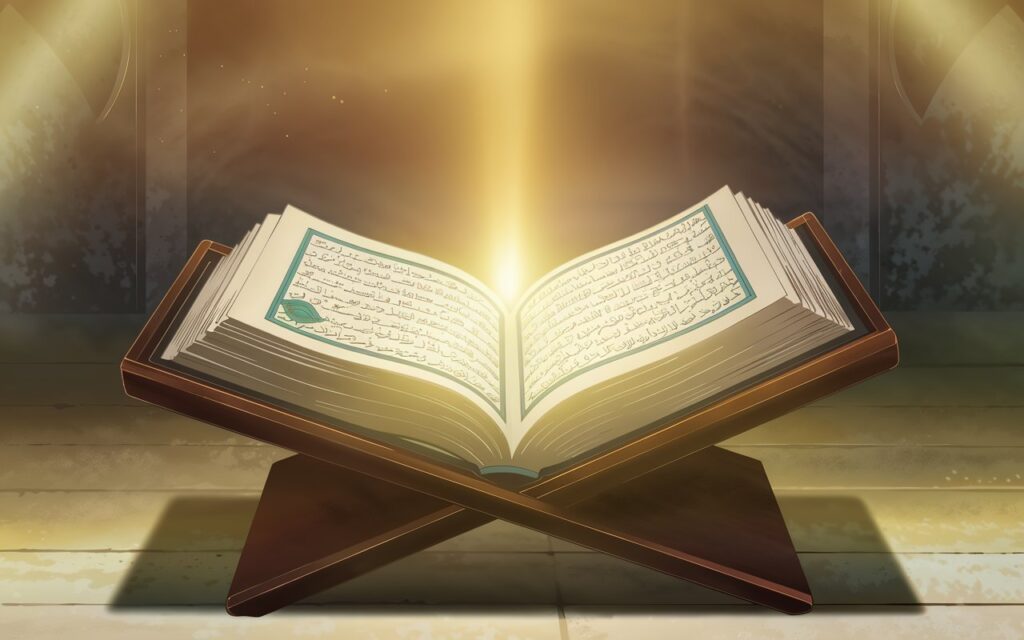
Arabic Calligraphy Styles Explained: From Kufic to Diwani
Arabic calligraphy is more than just beautiful writing — it’s a timeless art form that has captured hearts and preserved sacred texts for centuries. If you’ve admired elegant Arabic designs on mosques, manuscripts, or Islamic artwork, you’ve likely seen different calligraphy styles at work.
In this post, you’ll take a closer look at four of the most popular and meaningful styles: Kufic, Naskh, Thuluth, and Diwani. By the end, you’ll easily recognize their unique features and understand where and how each style appears in Islamic culture.

📌 1. Kufic: The Oldest Arabic Script
Let’s begin with Kufic, the earliest form of Arabic calligraphy. This style originated in the city of Kufa, Iraq, and features bold, angular, and geometric shapes. Artists and scribes often used Kufic to write the earliest copies of the Qur’an and to decorate mosques and monuments.
Where You’ll See It:
- Ancient Qur’anic manuscripts
- Historic mosque walls
- Coins and Islamic architectural designs
📌 2. Naskh: The Everyday Elegant Script
Moving on, Naskh stands out for its clarity and elegance. Known for its rounded and balanced shapes, Naskh remains one of the most popular scripts used today. You’ll see it in printed Qur’ans, Arabic books, and learning materials because it’s easy to read and beautifully structured.
Where You’ll See It:
- Qur’anic prints
- Arabic children’s textbooks
- Everyday Arabic books
Fun Fact: If you’re currently learning Arabic, chances are you’re already using Naskh! Its simplicity makes it the go-to script for beginners.
📌 3. Thuluth: The Majestic and Decorative Script
Next, let’s explore Thuluth, one of the most majestic and artistic calligraphy styles. It features long vertical strokes, wide curves, and intricate connections between letters. As a result, Thuluth often decorates the domes and walls of grand mosques and religious monuments.
Where You’ll See It:
- Mosque domes and mihrabs
- Qur’anic wall art
- Islamic banners and decorative monuments
Why It Matters: Thuluth’s graceful style commands attention and leaves a lasting impression, making it a favorite for ceremonial and spiritual inscriptions.
📌 4. Diwani: The Royal, Flowing Script
Finally, Diwani brings a royal, flowing touch to Arabic calligraphy. Developed during the Ottoman Empire, this script features looping, cursive lines and decorative flourishes. Scribes often used it for royal decrees and court documents, adding elegance and formality to important messages.
Where You’ll See It:
- Ottoman manuscripts and court records
- Official documents and invitations
- Modern decorative calligraphy art
Unique Feature: Diwani’s tightly woven letters and artistic loops give it a distinctive, almost secretive appearance that instantly captivates the eye.

📌 Why This Matters for Arabic Learners
By now, you’ve seen how each style of Arabic calligraphy brings something unique to Islamic art and culture. Learning to recognize these styles not only deepens your appreciation for the Arabic language but also connects you with the rich history and spirituality of Islam.
At Roots Muslim School, we believe Arabic is more than a language — it’s a living art form. By exploring Arabic calligraphy styles: Kufic’s geometry, Naskh’s readability, Thuluth’s elegance, and Diwani’s flow, you’ll unlock new ways to experience both the language and your faith.
📣 Join Our Arabic Calligraphy Journey!
Are you ready to dive deeper into the world of Arabic calligraphy while mastering Arabic with us?
👉 Sign up for our Arabic courses and calligraphy workshops at Roots Muslim School today!



